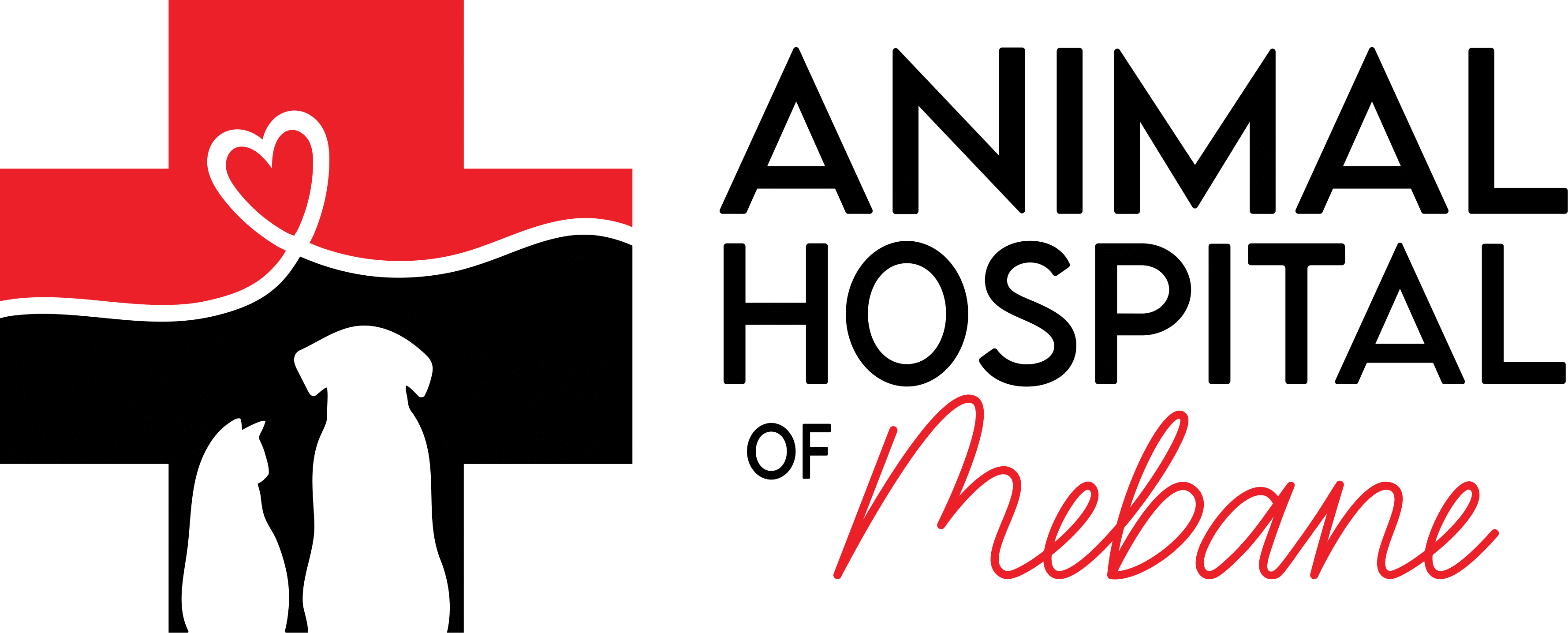Itchy skin is one of the most common presenting symptoms at our animal hospitals around the county.
Having treated many hundreds of these dogs over the years, we've seen success in an 8 week plan for you and your pet in managing even chronic cases of itchy skin.
Why Is My Dog or Cat Itching?
Most dogs and cats itch for one (or more!) of these six reasons:
- Seasonal Allergies also known as atopy
- Food Allergies
- Dust mite / indoor allergies
- Parasites including fleas, mange mites, or ringworm fungus
- Bacterial infection and/or allergic to bacteria
- Yeast infection and/or allergic to yeast
An effective diagnostic and treatment plan for itchy skin, therefore, should ideally account for all six of these causes of itch at the same time.

Treating itchy skin in dogs and cats, STEP 1: Rule out food allergies
Cat and dog food allergy is one of those topics that gets a lot of press, but is frequently misunderstood. One of the most frustrating things for me as a veterinary professional is to stand in the pet food stores and listen to the employees educate well-intentioned pet owners about what diet is best for their food allergic dog or cat. They mean well, but so much of what they are learning about cat and dog food allergy is PR that is handed down from the pet food companies. For example, the most frequent thing I hear is you need to feed your pet a grain-free diet if it has food allergies. While some pets are indeed allergic to grain, the vast majority of food allergic pets are primarily allergic to their PROTEIN source, NOT grain.
There is no such thing as a hypoallergenic dog food at the pet store.
Instead, the only rational way to diagnose a food allergy in a dog, is with an elimination diet trial.
What Is a Food Allergy?
Cat or Dog Food allergy is one type of adverse immunologic reaction to a substance in the diet (the allergen). In most cases, a protein, such as chicken, lamb, beef or fish is the culprit, though any carbohydrate, fat or dietary supplement may be an allergen. It is NOT a reaction to a specific brand of food, or a result of switching diets. Most commercial and home-cooked diets, treats, and raw-foods share ingredients that may be allergens, no matter how high quality they are.
The pet may have been fed the offending allergen for over two years before developing signs of a food allergy. Food allergy can occur at any age, in any breed or gender, and patients may react to one or two items or several.

How is Cat or Dog Food Allergy Diagnosed? What types of tests would a vet do to identify and treat a food allergy?
It is important to understand that currently there is no accurate test to determine if a pet has a food allergy. Simply switching from one commercial brand to another is not sufficient, as these diets have many shared ingredients. The only reliable method of diagnosing a food allergy is undergoing an elimination diet trial. This means that your pet will be fed a special prescription diet from your veterinarian containing a single new animal or vegetable protein, such as rabbit or beans; and a single new carbohydrate, such as yams or green peas. Some of the commercial elimination diets contain common proteins that have been altered (hydrolyzed i.e. made smaller) so the body doesn't recognize them as allergens.
Regardless of the diet chosen, it needs to be fed absolutely strictly for a period of 8-12 weeks to see improvement. No other treats, supplements or foods can be fed or even mistakenly ingested during this period. There should be absolutely no exposure to other pet's food or food bowls. During the diet trial skin infections or other sources of itch and discomfort will be addressed by the veterinarian.
Special comments:
Inform friends, neighbors, family members about the diet. If necessary have allowable treats carrots, broccoli, green beans, asparagus, celery, cucumber or pieces of their elimination diet for them to feed. Do not allow anyone to give your pet anything not approved by you first!
If you use food to give your pet medications, you will need to find an alternative.
Watch your pets weight. If there is excessive weight loss or gain, you may need to change how much or how often you feed your pet.
SUMMARY: How to perform an 8 week elimination diet trial
- Consult your veterinarian to find the food and plan best for your pet.
- Feed only your vet's prescription hypoallergenic food for 8 solid weeks, and nothing else.
- At the end of your 8 weeks, change back to your dog's normal food. If his skin gets itchy again, it's most likely your pet has food allergies.
- If his skin does not get itchy again on his regular food, that means your pet is most like experiencing seasonal allergies/atopy.
Any deviation from this plan will result in you completely wasting your money on the prescription diet, so please follow these directions exactly.
Even just a bite or two of chicken may invalidate the diet trial.
If you suspect your pet has food allergies, don't just guess. Bring them in so we can help get your pet on the path to better health, and less itch!
Unfortunately, allergies are never cured, only managed.
Reviewed by Dr. Jordan
